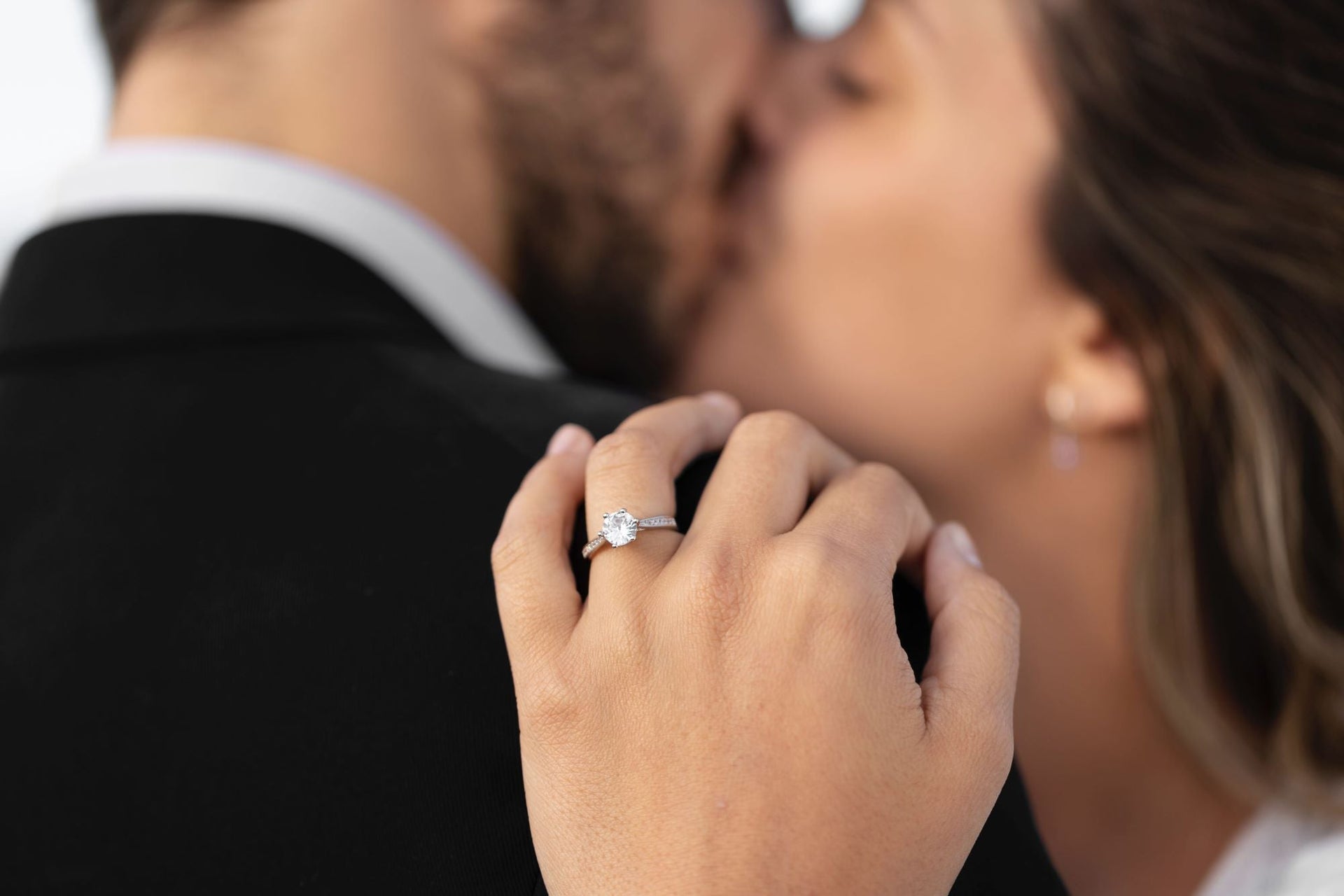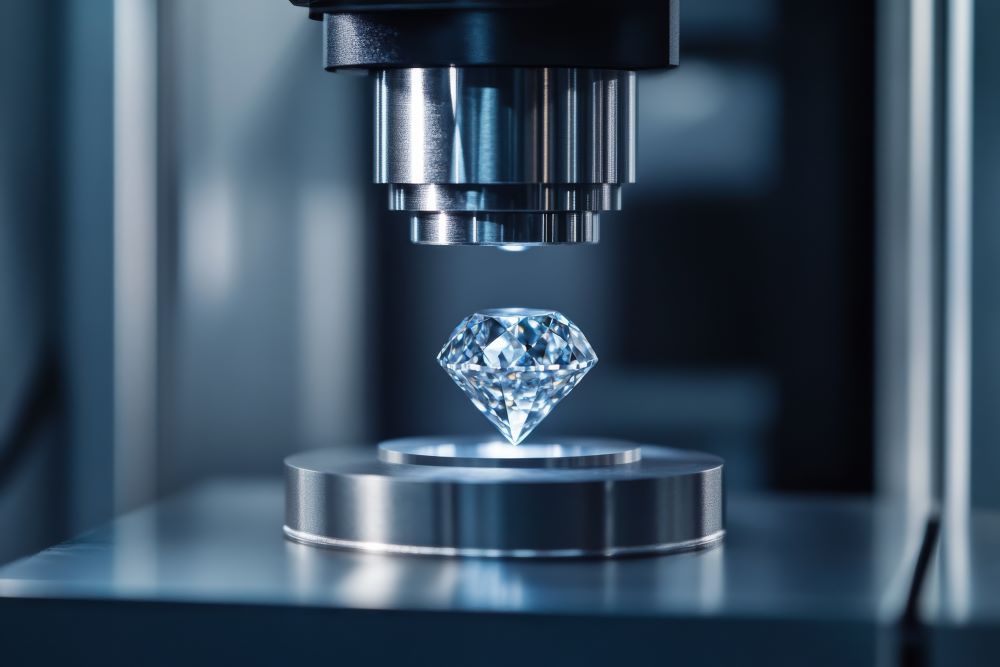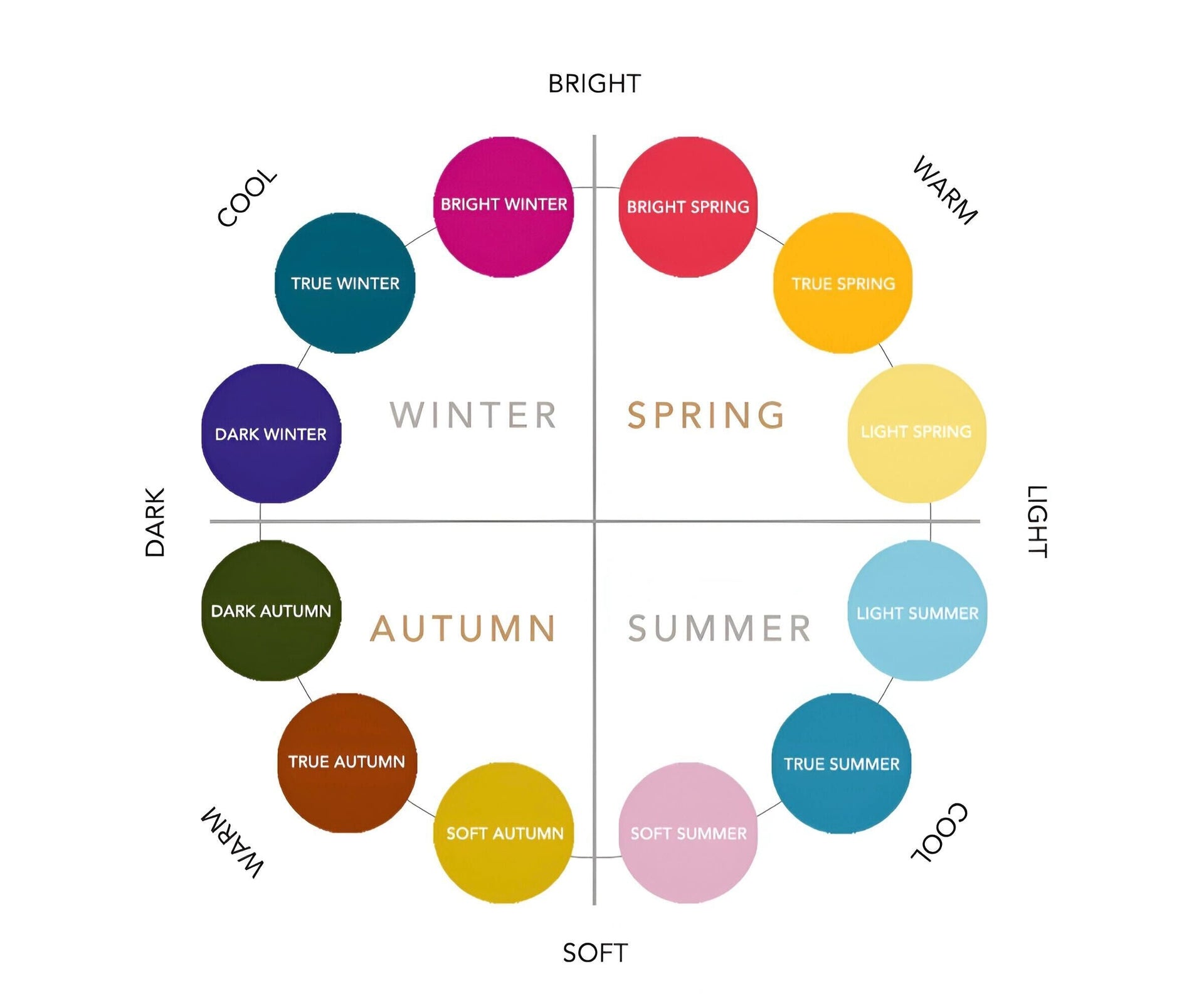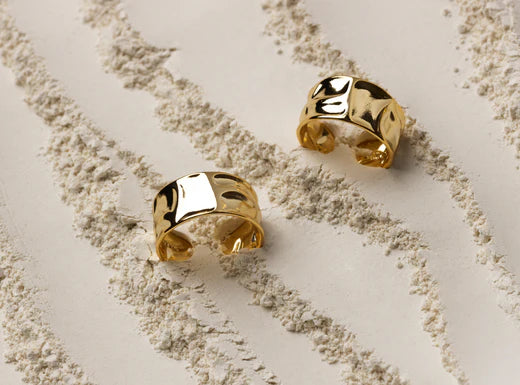Selecting an engagement ring is one of the most exciting and meaningful purchases you'll ever make. With so many options available, it can feel overwhelming to find the perfect ring. This guide will walk you through everything you need to know about choosing an engagement ring, from traditional styles to unique alternatives.
Traditional Engagement Ring Styles
When most people think of engagement rings, a few classic styles come to mind:
Solitaire
The most iconic and timeless engagement ring style, featuring a single diamond as the centerpiece. Simple, elegant, and versatile, solitaires let the diamond take center stage.
Halo
A central diamond surrounded by a "halo" of smaller diamonds, amplifying the sparkle and perceived size of the center stone. Halos add extra brilliance and can make the main diamond appear larger.
Three-Stone
Also called a trilogy ring, this style features three diamonds or gems set closely together, often symbolizing a couple's past, present and future together.
Diamond Band
A central stone accented by smaller diamonds set into the band itself, adding extra sparkle. This style enhances the overall brilliance of the ring.
Choosing the Right Metal
The metal you choose for the band impacts both aesthetics and durability:
Platinum: Extremely durable and naturally white, but more expensive
White Gold: A popular and affordable alternative to platinum
Yellow Gold: Classic and warm-toned
Rose Gold: Romantic pink hue that's grown in popularity
Some rings feature mixed metals to create visual interest or enhance the center stone's appearance.
Beyond Diamonds: Alternative Center Stones
While diamonds remain the most popular choice, many couples are opting for unique gemstones:
Sapphires: Available in a rainbow of colors, including white, extremely durable
Rubies: Bold red stones symbolizing passion
Emeralds: Vibrant green gems with a rich history
Moissanite: An affordable diamond alternative with brilliant sparkle
Morganite: Soft pink stone growing in popularity
Lab-Grown Gemstones: A Popular and Ethical Option
Lab-grown gemstones have become increasingly popular for engagement rings. These stones are chemically, physically, and optically identical to their natural counterparts but are created in controlled laboratory environments. Benefits of choosing lab-grown gems include:
Ethical sourcing: No concerns about mining practices or conflict stones
Environmental impact: Reduced carbon footprint compared to traditional mining
Cost-effective: Often more affordable than natural stones of similar quality
Consistent quality: Lab-grown gems typically have fewer inclusions and imperfections
Lab-grown diamonds, sapphires, emeralds and other gemstones offer couples a way to get a larger, higher-quality stone while staying within budget and aligning with ethical values.
Non-Traditional Engagement Ring Options
For couples seeking something truly unique, consider these alternative engagement ring ideas:
Vintage and Antique Rings
Vintage engagement rings offer one-of-a-kind designs and often feature intricate details not found in modern rings. Antique rings can also have a rich history and character.
Colored Diamonds
Colored diamonds in shades like yellow, pink, or even black offer a twist on the classic diamond solitaire.
Asymmetrical Designs
Rings with off-center stones or unconventional layouts create visual interest and a modern aesthetic.
Cluster Rings
Multiple smaller stones grouped together in artistic arrangements, often mixing different gemstones for a colorful effect.
Toi et Moi Rings
Featuring two center stones of similar size, often representing the couple. The name translates from French to "you and me".
Alternative Jewelry
Some couples opt for engagement watches, necklaces, or bracelets instead of traditional rings.
Minimalist Bands
Simple metal bands, sometimes accented with small diamonds or engravings, appeal to those with understated tastes.
Nature-Inspired Designs
Rings featuring organic shapes, leaf motifs, or raw, uncut gemstones for a bohemian vibe.
Customization Options
We offer many ways to personalize engagement rings:
Hidden details: Gemstone accents on the underside of the setting or engraved messages
Birthstones: Incorporating you and your partner's birthstones into the design
Mixed metals: Combining different metal colors for a unique look
Custom designs: Working with us to create a completely one-of-a-kind ring
Practical Considerations
When choosing an engagement ring, keep these factors in mind:
Budget: Determine how much you're comfortable spending
Lifestyle: Consider a durable design if your partner has an active lifestyle
Personal style: The ring should reflect the wearer's taste and personality
Ring size: Get an accurate measurement to avoid resizing later
Ethical sourcing: Look for conflict-free diamonds or coloured gemstones and responsibly sourced materials
Making the Final Decision
Ultimately, the perfect engagement ring is one that speaks to you and your partner. Don't be afraid to think outside the box and choose a ring that truly represents your unique love story. Whether you opt for a classic solitaire, a lab-grown gemstone, or a non-traditional alternative, the most important thing is the meaning behind the ring.
Remember, we offer consultations to help you navigate the process. Take your time, do your research, and enjoy this special occasion.



